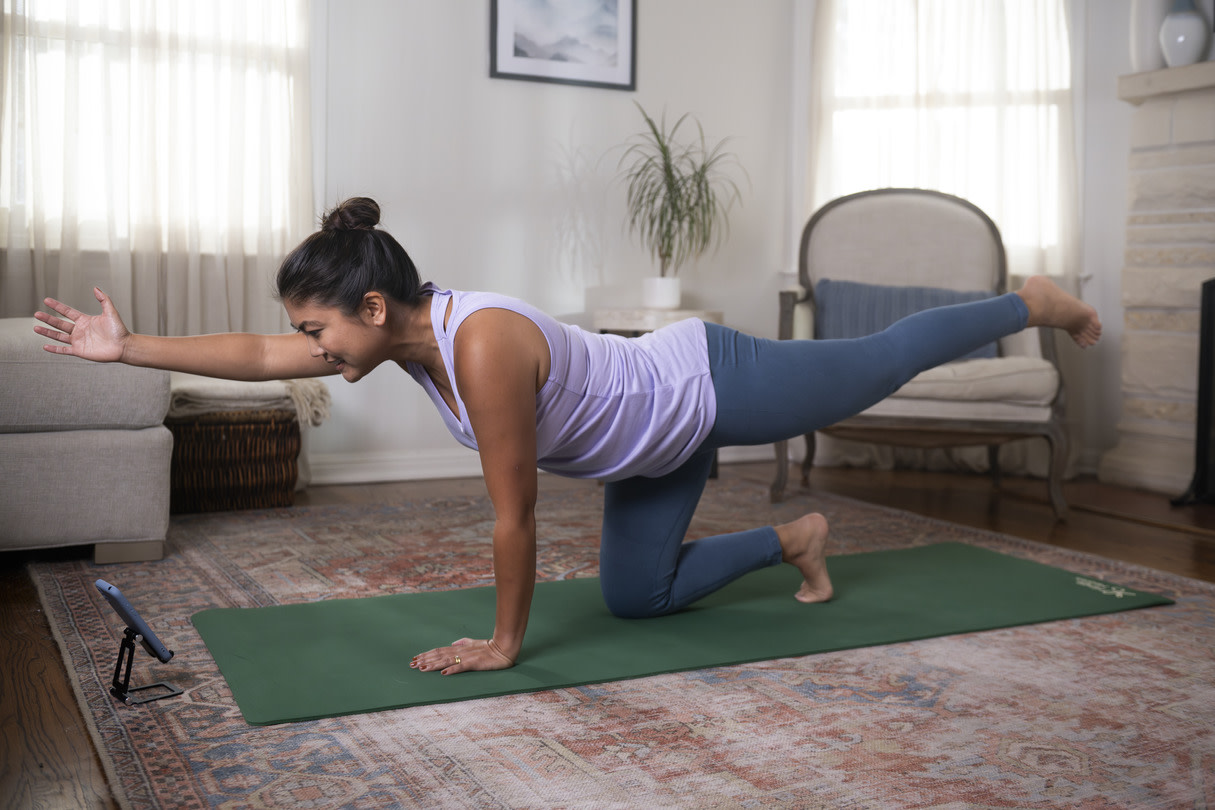PT-Recommended Ways to Relieve Musculoskeletal Pain Without Medicine
There are many ways to feel better without pain meds. Learn more about how to ease any discomfort you’re feeling with important lifestyle changes.
$0 costo para usted
Fecha de Publicación: Mar 19, 2024
